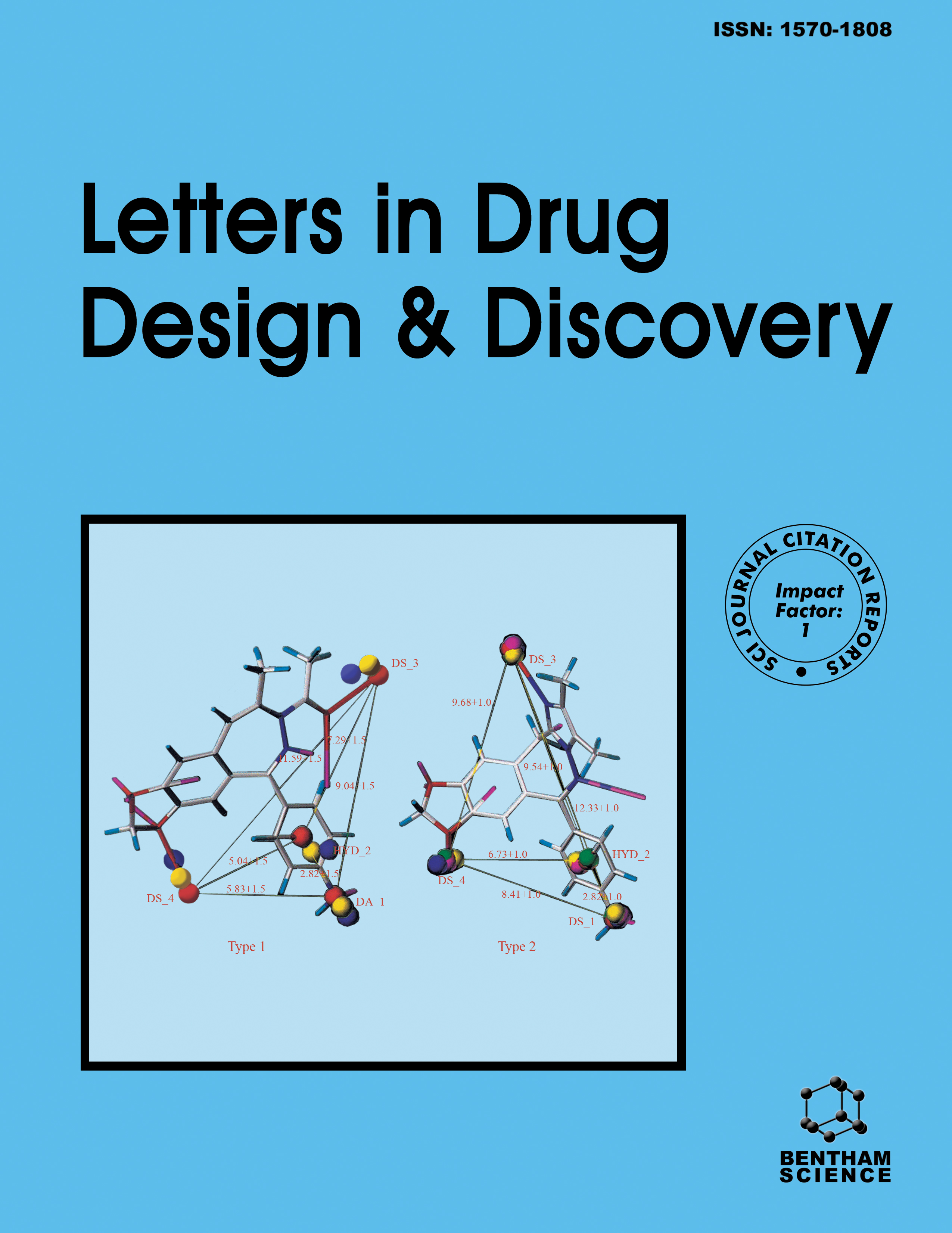
Full text loading...
We use cookies to track usage and preferences.I Understand
Fruits like berries are known not only for their taste and nutritional value but also for the potential health benefits of their bioactive components. Stilbenes, a group of phenolic metabolites found in berries, demonstrate significant pharmacological activities. Its derivatives also have been investigated for their biological functions, including as anticancer agents. Bcl-2 antiapoptotic proteins are highly involved in regulating cancer progression by promoting apoptosis evasion. Hence, Bcl-2 is a promising therapeutic target in drug development.
This study aimed to determine the stilbene derivatives with the best potential as Bcl-2 inhibitors.
The method used was molecular docking of several stilbene derivatives to Bcl-2 receptors using AutoDock 4.2, followed by an ADMET study.
Based on the docking score and ligand-receptor interactions, oxyresveratol and pterostilbene had the best docking findings for the Bcl-2 antiapoptotic proteins. Among these eleven substances, pterostilbene significantly inhibited Bcl-w and Mcl-1, whereas oxresveratrol could inhibit Bcl-2. Although the findings from the two ADMET profiles were varied, further in vitro and in vivo studies are required to explore the potential of the compounds.
In conclusion, the study identified the potential chemopreventive agents, such as pterostilbene and oxyresveratrol might serve as potential lead compounds for developing new Bcl-2 inhibitors.

Article metrics loading...

Full text loading...
References


Data & Media loading...

